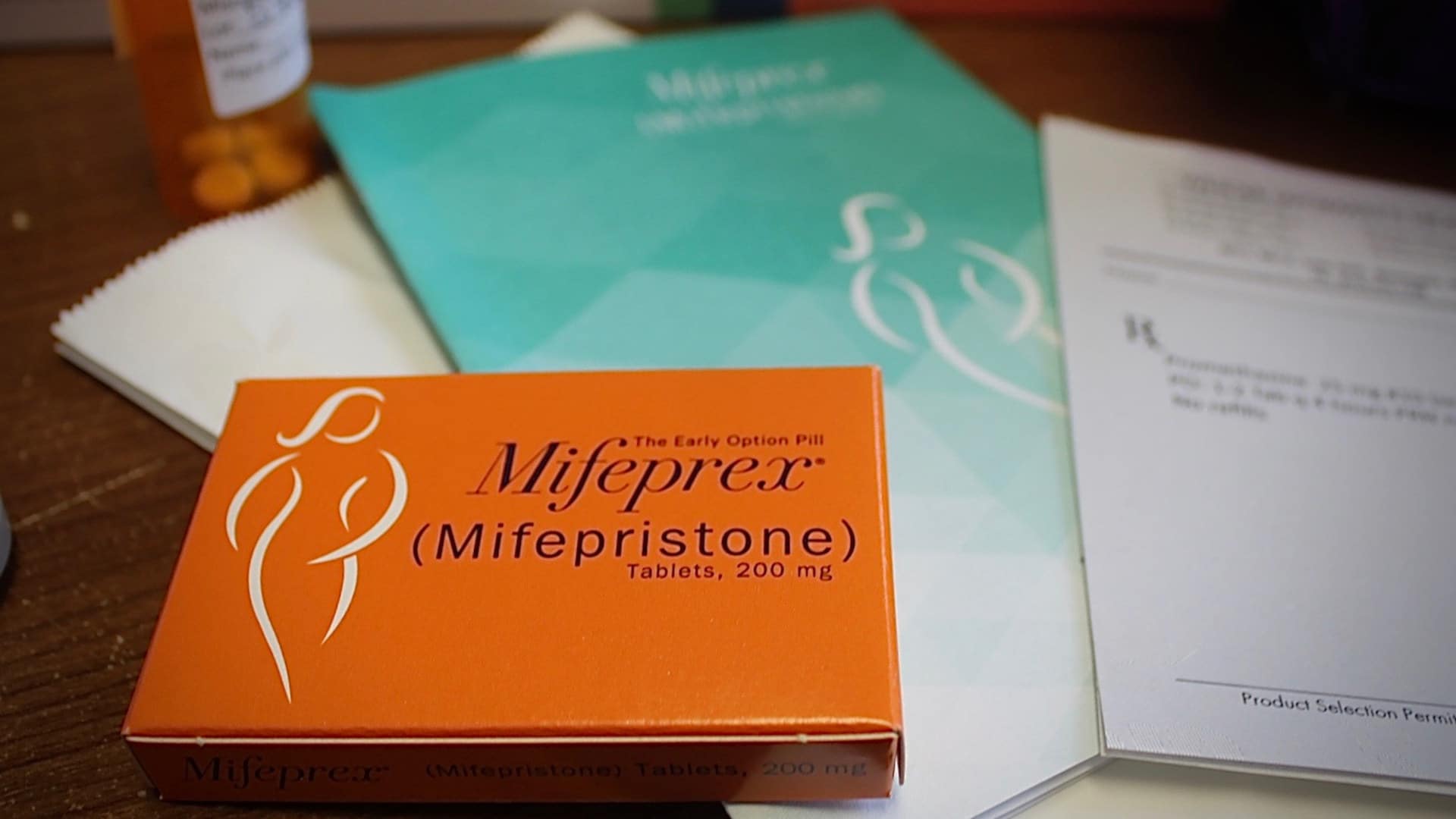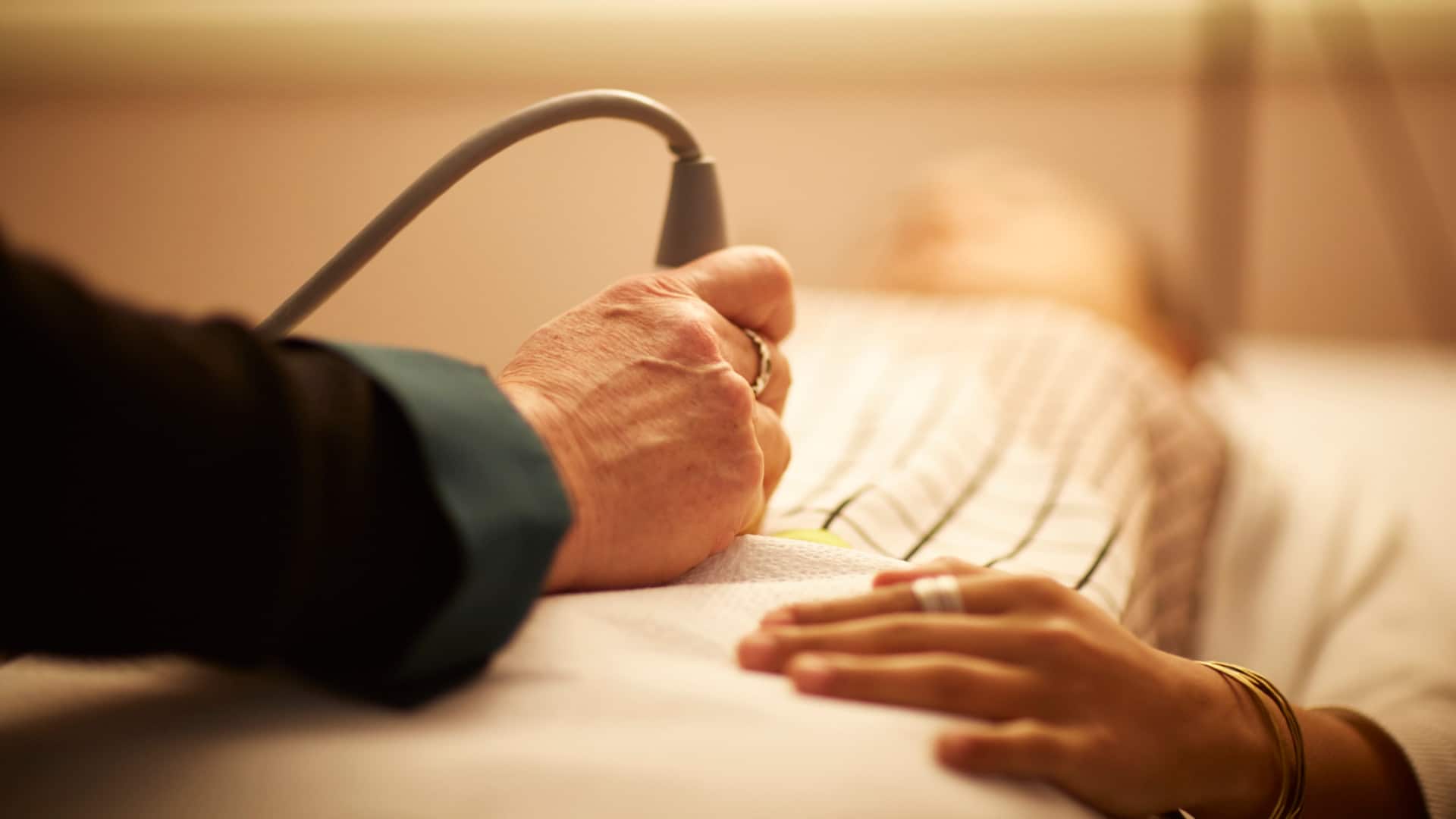Perhaps more now than in any other time in recent memory, Americans’ right to abortion care seems to be hanging by a thread. On Sept. 1, a Texas law went into effect that barred nearly all abortion care in the state. The U.S. Supreme Court, more anti-abortion than it has been in decades, will soon consider a case that could completely dismantle our federal right to abortion care.
But in one branch of the federal government, officials are weighing a decision that could actually expand access to abortion care: The Food and Drug Administration is considering whether to lift 21-year-old restrictions that limit access to medication abortion.
Medication abortion care is widely considered a safe way to end an early pregnancy. It involves taking two medications and is considered safe and effective for ending pregnancies up to 10 weeks. Nearly 40 percent of abortions are now done using medication abortion, according to recent data from the Guttmacher Institute, a research and policy nonprofit advocating for sexual and reproductive health and rights.
Yet outdated FDA restrictions, coupled with state restrictions, have created enormous and unnecessary barriers to care. Specifically, under federal rules, medication abortion is not available at pharmacies, nor is it always deliverable through mail; it’s only offered by providers or clinics who are specially certified to stock, prescribe, and dispense it from their office. The restrictions keep many providers from dispensing medication for abortion at all. State restrictions go even further: 19 states bar people from using telehealth for medication abortion. And, while medical experts agree that medication abortion can be safely provided by advanced practice nurses and physician’s assistants, 32 states mandate that it be provided by a doctor.
Due to the Covid-19 pandemic, advocates have been pushing the FDA to lift in-person dispensing requirements, resulting in a federal ruling in July 2020 that allowed patients to virtually speak to a doctor and have medication mailed to them. Following a Supreme Court ruling that halted the practice in January, the FDA temporarily lifted the in-person dispensing requirement in April. In May, the FDA announced it was reviewing its restrictions, with advocates hoping officials will make the new rule change permanent. If the agency does decide to lift the in-person dispensing restriction, it would hold incredible promise to remove some of the barriers to care. According to the Guttmacher Institute, medication abortion provided by telehealth could reduce the distance someone would have to travel to get care, especially in rural communities. People who choose medication abortion wouldn’t have to sacrifice wages or give up limited financial resources to pay for gas, child care, and related expenses.
If the FDA permanently lifts these restrictions, it will be a significant step forward — at least for people fortunate enough to live in states that protect the right to abortion care. But expanded access to medication abortion cannot be at the expense of other abortion care, nor can it leave behind those who are continually marginalized by our health systems. To achieve true abortion justice, we must create policy that meets the following four conditions.
First, it must be equitable — its benefits must extend to Black, Brown, Indigenous, and other people of color, and those working to make ends meet. For complex reasons due to systemic racism and economic inequality, women of color are more likely to have an abortion and are therefore more likely to bear the brunt of abortion restrictions, including restrictions on medication abortion. As an example of the impact on Indigenous communities, one tribal hospital in Arizona has been working for two years to cut through the red tape to stock medication for abortion at health facilities located on federal reservation land. New regulations on medication abortion should be tailored to expand access to these communities.
Second, medication abortion, and all forms of abortion care, must be made more affordable. Medication abortion in the U.S. costs, on average, around $500. But the federal Hyde Amendment prohibits people enrolled in Medicaid from using their health insurance to cover abortion, including medication abortion. Since it was initially passed in 1976, the Hyde Amendment has been expanded to deny coverage for many other groups of people, including federal employees and their dependents, military personnel and their dependents, people in federal prisons and immigrant detention centers, Native Americans, and Peace Corps volunteers. Policymakers must break down these and other financial barriers to care.
Third, ensuring access for all depends on addressing America’s digital divide. Most Americans express support for telehealth, which became widespread during the Covid-19 pandemic, and a majority of people who have used telehealth want to keep using it beyond the current crisis. Yet people of color and those struggling financially have less access to high-speed internet at home than their White, wealthier peers. What’s more, people with limited English proficiency face deep gaps in digital literacy. If we tackle these issues, telehealth-provided medication abortion could make it easier for someone seeking abortion to connect with a culturally competent provider, including one fluent in their primary language. It might also boost access to abortion for undocumented immigrants who fear being detained by immigration enforcement if they seek in-person care.
Finally, medication abortion cannot be seen as a one-size-fits-all solution, advanced at the expense of in-clinic procedures. It must be understood as one among many options for care, because we all should have the ability to decide what type of care is right for us, and because not everyone can get an abortion before 10 weeks. Patients may need to use one option of care over others for different reasons. Travel, cost, and time constraints may lead one person to seek medication abortion. Someone else may be more comfortable controlling their experience at home but want to pick up their medication in person. Someone experiencing intimate partner violence may have very specific needs related to the time and place of their abortion, which may be crucial for their safety. For as many reasons as there are people, all points of access to abortion care must be available and equitable.
Medication abortion has the potential to dramatically reshape the provision of abortion care, particularly if onerous federal dispensing regulations and state restrictions on telehealth are removed. These actions would begin to clear a path for people of color and rural communities to get care on their own terms. But they are not the only steps we should take. For policymakers to advance true abortion justice, they must protect the availability of all abortion care, ensure it is affordable, and ensure it can reach communities of color and those working to make ends meet without unnecessary barriers, stigma, or shame. They must make racial and economic justice a central part of this transformation. If we meet these core conditions, we can move toward a future with true abortion justice — a future that doesn’t leave anyone behind.
Destiny Lopez is the co-president of All* Above All, which unites individuals across the country and over 130 organizations to build a future where abortion is affordable, available, and supported for anyone who seeks care.











